Village of Bartonville
Comprehensive Planning Process

Bartonville’s Comprehensive Plan!
The Village of Bartonville adopted its new comprehensive plan on Tuesday, October 15, 2024. The new plan can be viewed here.
What is a Comprehensive Plan?
A comprehensive plan represents a community’s vision over a 20-year horizon. This vision is derived from extensive collaboration and community engagement between residents, elected officials, and stakeholders. During the planning process, residents discuss and create goals for a range of topics such as housing, transportation, infrastructure, land use, and economic development. To plan for community growth, the comprehensive plan creates general land use guidelines for land outside the current village limits in the “Extra-Jurisdictional Planning Area.”
The Components of a Comprehensive Plan
A comprehensive plan is developed to answer three questions:
What are we as a community?
What would we like to be as a community?
How do we get there?
The planning process begins by taking stock of the community’s assets and existing conditions. During this phase of the plan, Tri-County staff gather and analyze quantitative and qualitative data to build a community profile.
Once we establish a shared understanding of our starting point, community members and stakeholders engage in activities and conversations that create the bedrock for a shared vision that the entire community can work toward.
With a common vision in mind, the community works to identify and prioritize actions that build toward that future. This final step creates a road map for elected officials, community members, village staff, and local advocates to use in their decision-making processes and everyday work.
Roles and Partners
Tri-County Regional Planning Commission
The Village of Bartonville
The Steering Committee
The Community
Tri-County Regional Planning Commission (“Tri-County” or TCRPC) facilitates the planning process, leads steering committee meetings, gathers and analyzes data, and supports the community organizing efforts of the steering committee by coordinating engagement events, like workshops and open houses.
The Village of Bartonville plays a crucial role in the comprehensive planning process, providing support and feedback on implementation strategies and ensures the plan is realized after adoption.
The Steering Committee consists of volunteers who act as liaisons between Tri-County and Bartonville residents and stakeholders. Volunteers with different interests, roles, and backgrounds offer community insights, market engagement opportunities, and interpret community input, and review the draft plan.
Community members are comprised of residents, employees, and stakeholders of Bartonville. The role of the community throughout the planning process is to provide feedback that informs the priorities and goals of the comprehensive plan.
Steering Committee Members
Loren Peacock (Chairperson), Tom Stagg (Vice-Chairperson), Jared Vogel (Secretary), Ashley Campbell, Scott Jackson, Pat Knaak, Georgia Mason, Derek Roemer, and Drew Zachman.
Planning Process Timeline
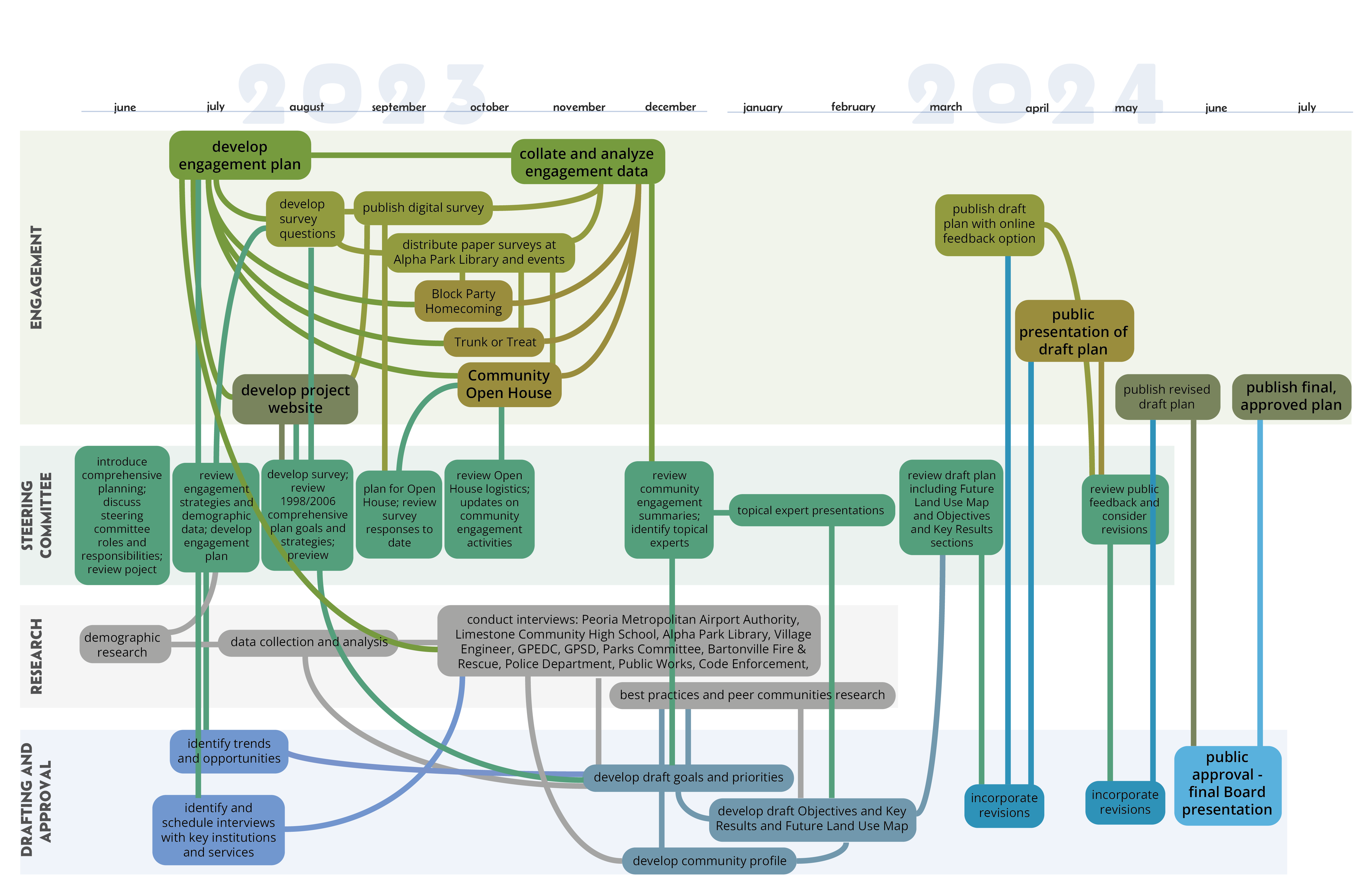
Community Engagement
Ideas and input from the community members form the backbone of the planning process and outcomes. Tri-County, in collaboration with the steering committee and the Village of Bartonville, will maintain inclusivity to ensure the development of an impactful plan. The engagement plan provides multiple opportunities for the public to give input and incorpates methods to reduce barriers to participation.
The following are the different components of the engagement plan.
Engagement Plan Components

Survey:
Surveys offer easily accessible, low-commitment crowdsourcing opportunities and are widely known as effective tools for establishing a baseline for local opinions. Bartonville’s survey was administered from mid-September to early November. The survey covered topics, such as housing, recreational amenities, and economic development. This survey was distributed by online channels such as community Facebook groups and QR codes. Physical copies of the survey were also handed out at community events. The steering committee also partnered with Alpha Park Library to set up a survey station for community members.
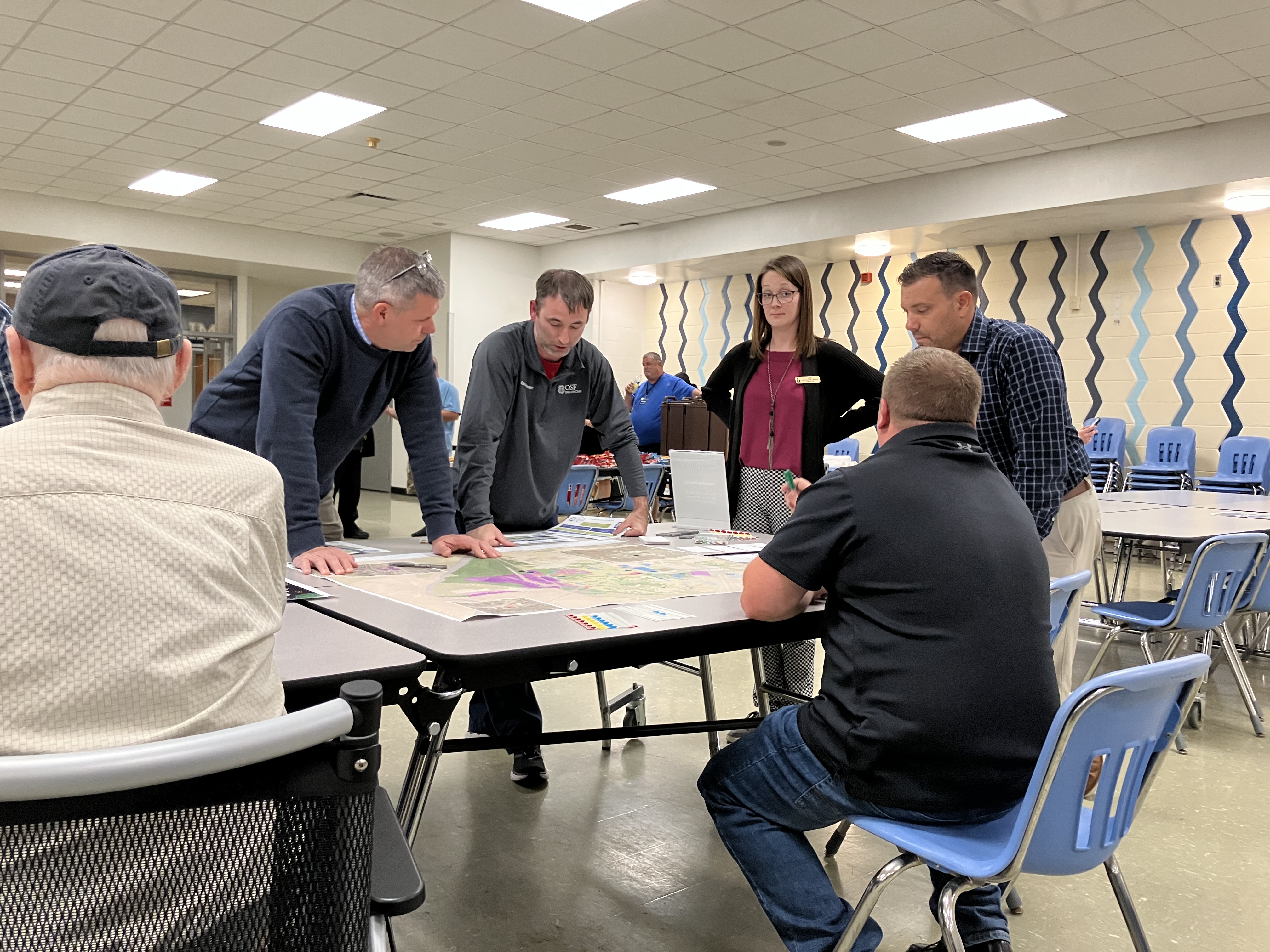
Open House:
On October 18th, TCRPC and the steering committee held an open house at Limestone High School from 5 to 7 pm. This event was meant to help understand what changes the public wants to see for Bartonville. The open house had several interactive stations designed to help community members evaluate community assets and identify priorities for Bartonville. During the event, TCRPC staff and steering committee members were available for questions. As an extra incentive to attract participants snacks were provided and a $25 gift card was raffled off.
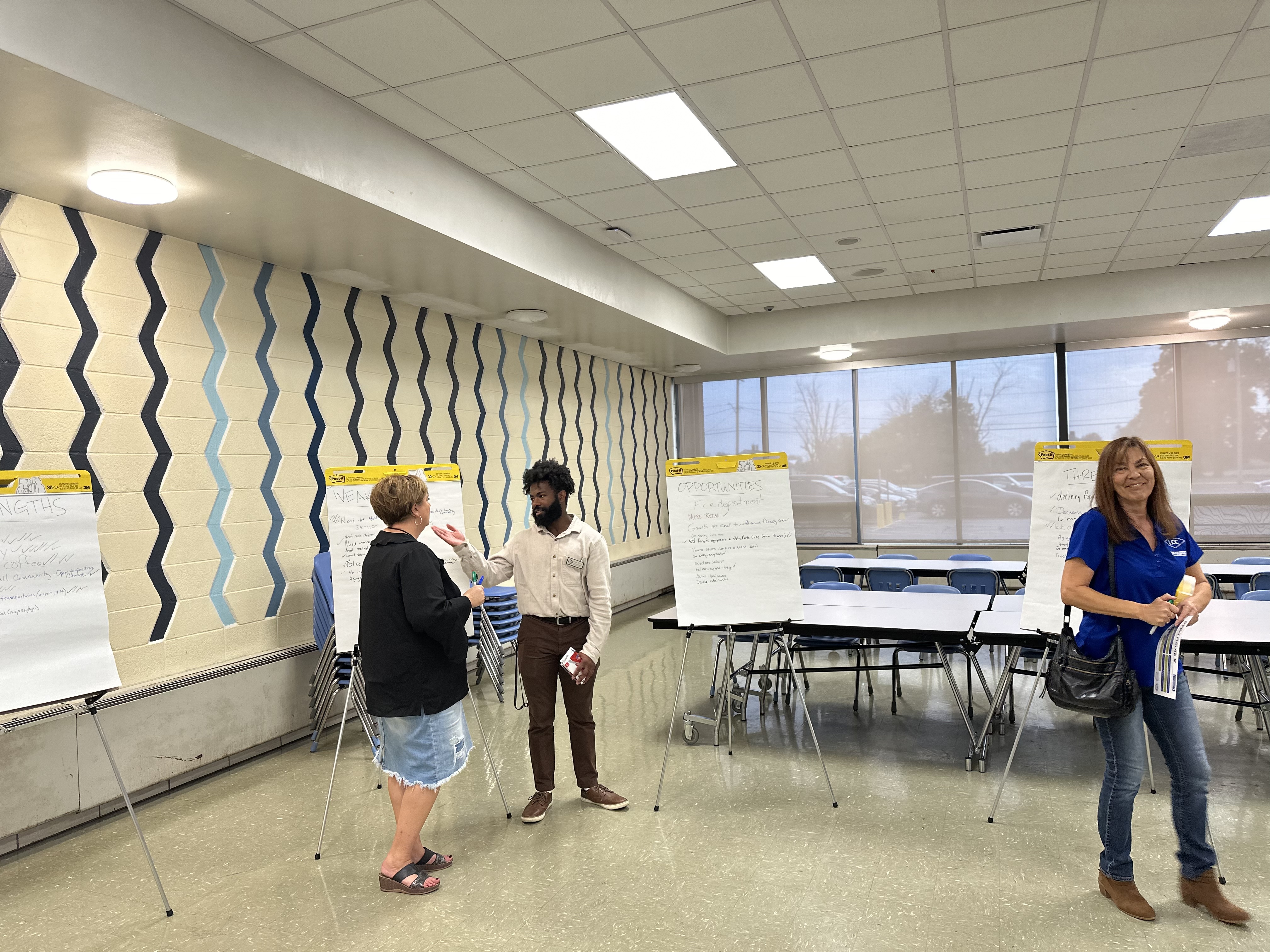
Stakeholder Interviews:
Stakeholder interviews were held to assess the current conditions of Bartonville. TCRPC consulted with the steering committee, to create a list of people who could speak to the village’s institutional capacity and key services. The final list consisted of the fire and police chief, the village engineer, the director of the public library, the director of the airport, representatives from the Greater Peoria Sanitary District, the director of public works, the president of the park committee, and the superintendent of the school district.
These interviews lasted 45 minutes to an hour. The questions asked during the interviews were designed to gain context to community data gathered and gain further knowledge on organizational needs.
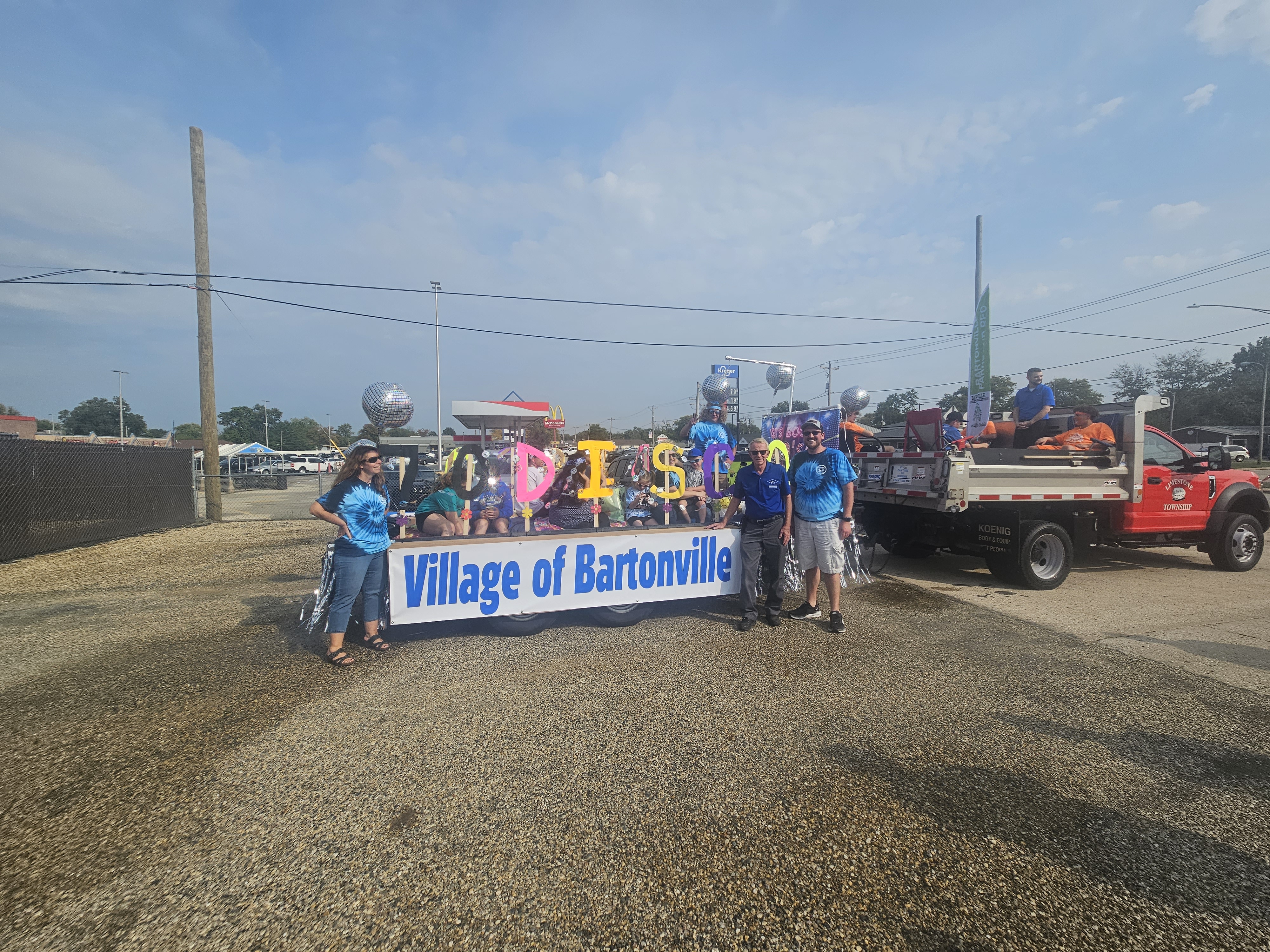
Pop-up Events:
Successful engagement plans meet people where they are offering outreach and participation options at festivals and events already happening within the village. The steering committee identified three community events to inform residents of the comprehensive plan: Neighborhood Block Party, Homecoming Parade, and Trunk-or-Treat.
Steering committee members staffed the pop-up events, encouraging their neighbors to take the survey and share their ideas at the open house.
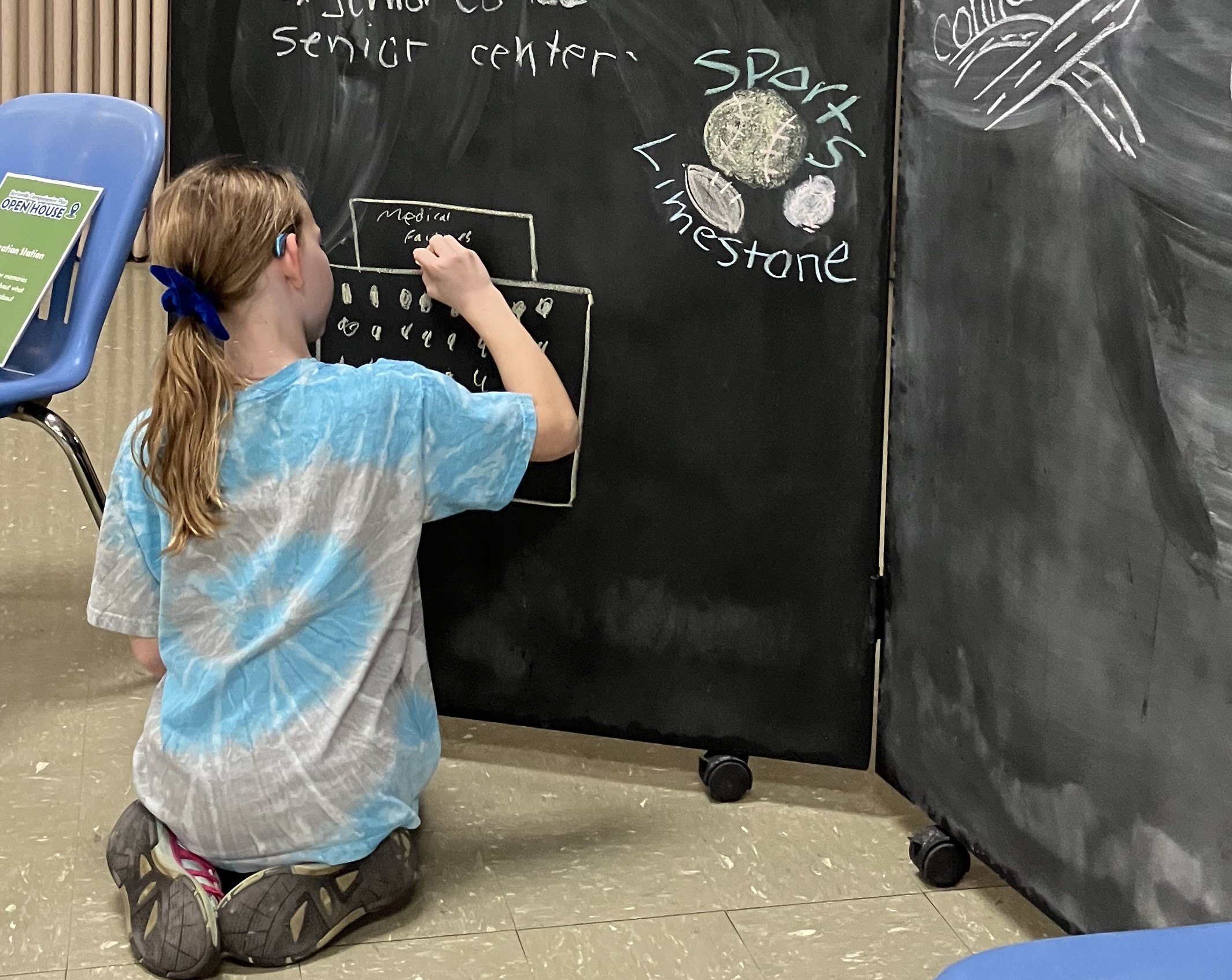
Youth Engagement:
The steering committee partnered with the Limestone High School to gather input from the students. TCRPC staff developed an extra credit assignment that provided the students an opportunity to share their thoughts about Bartonville. This assignment asked the students what they liked, what they would change, and to envision how Bartonville will be different in the future.